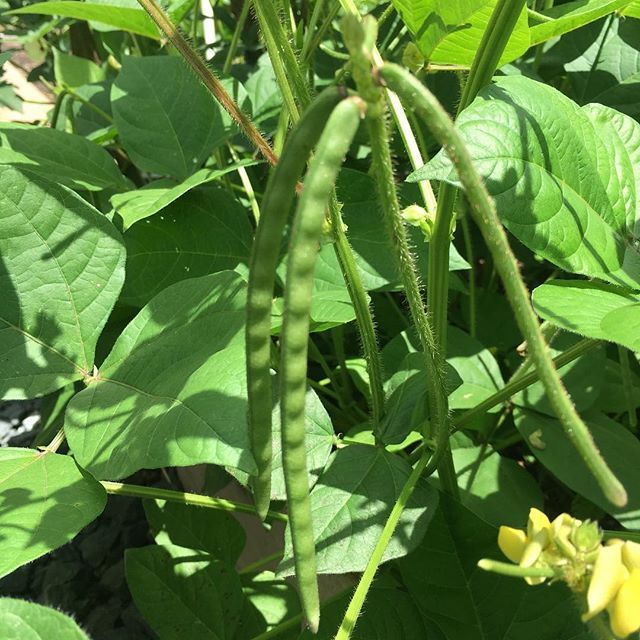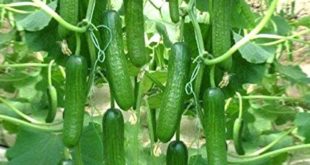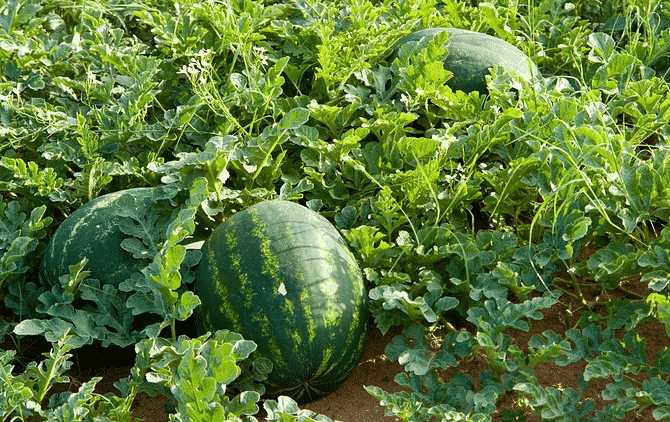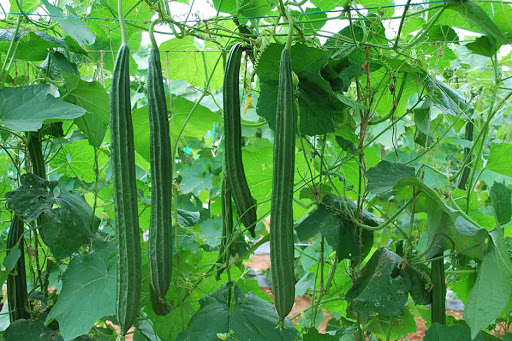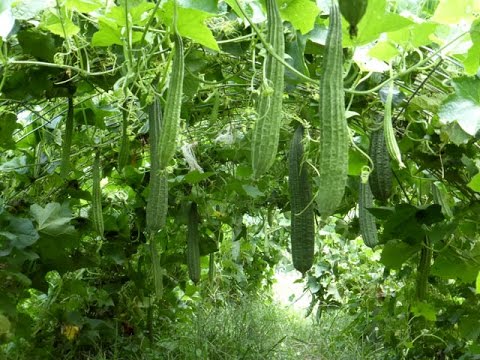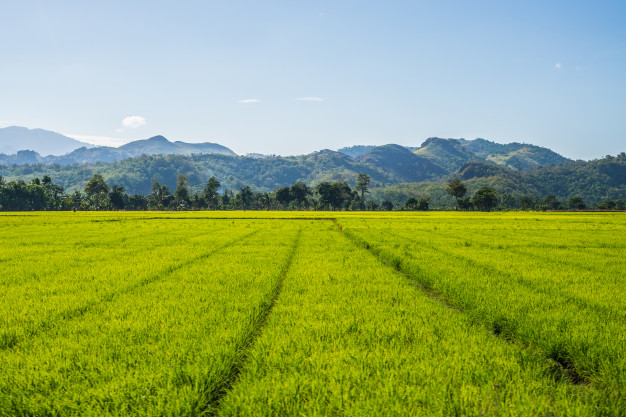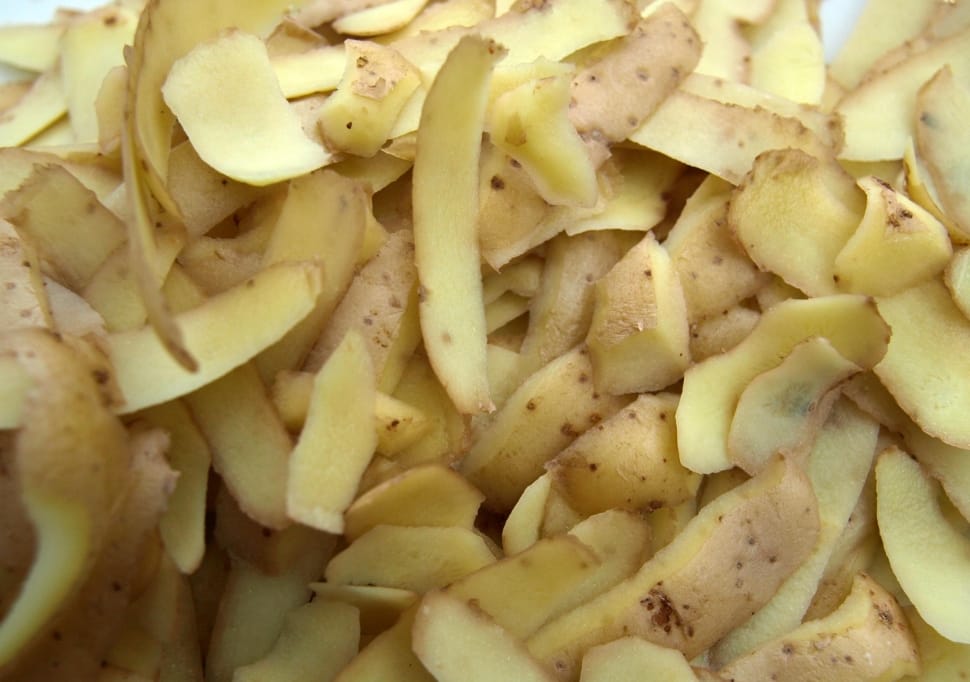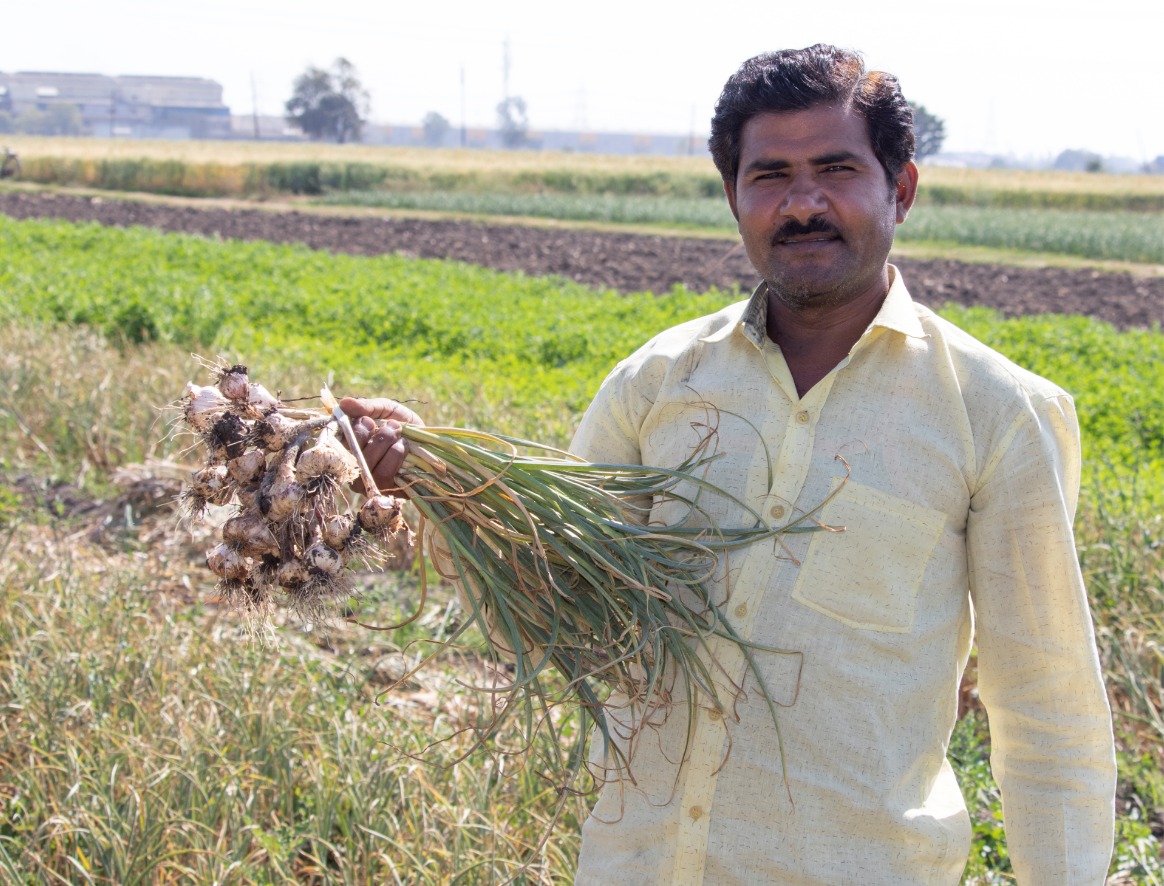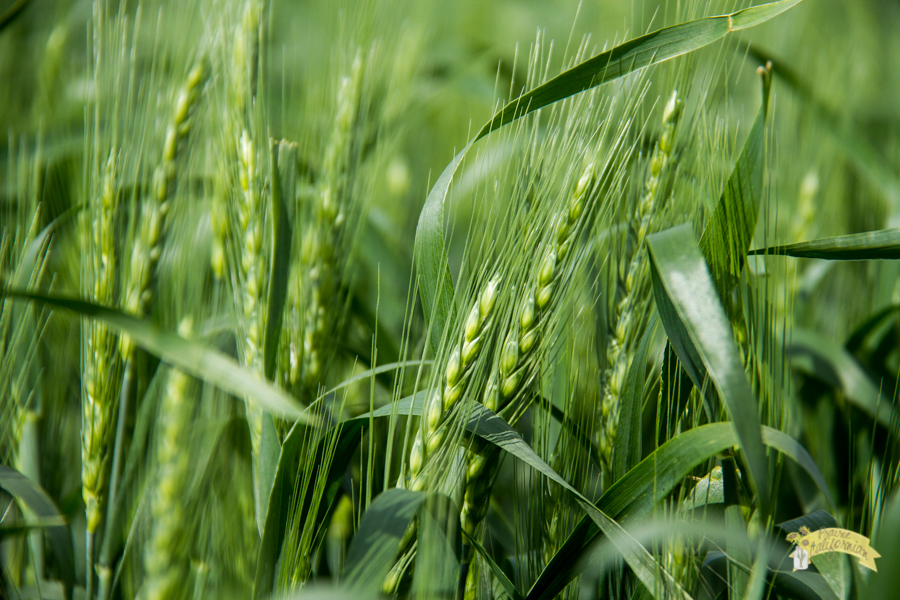- Gramophone Moong Samriddhi Kit includes all the essential ingredients that are required to get more production from the moong crop.
- The Moong Samriddhi Kit contains various kinds of beneficial bacteria.
- Potash and phosphorus bacteria, Trichoderma viridi, humic acid and Rhizobium bacteria are prominent among these bacteria.
- This kit has been prepared by mixing all these microorganisms.
- The total weight of this kit is 6 kg, and one kit is used for one acre of area.
Intercultural Practices in Cucumber crop
- The cucumber plant is a shallow-rooted crop and thus it doesn’t require any deep intercultural operations.
- Prune all secondary shoots up to 5 nodes, to improve yield & fruit quality.
- Staking of plants is helpful in checking the rotting of fruits.
Importance of mulching in watermelon crop
- Plastic Mulching protects against insects, diseases and weeds in watermelon crop.
- Weeds can be controlled by black polyethene and also prevents soil erosion from air, rain and irrigation.
- Transparent polyethene is used to control soil-borne diseases and maintain moisture conservation.
Share
Important points related to Ridge gourd (Torai) and its advanced farming.
- Ridge gourd is a good source of calcium, phosphorus, iron and vitamin A.
- It is cultivated in hot and humid climates.
- The temperature should be 32-38 degree centigrade.
- The drainage method is considered more suitable for sowing luffa.
- During summer, its crop should be irrigated at regular intervals of around 5-6 days.
- If its harvesting is delayed, then the fibers become hard fibers.
Farmers can get better income by sowing Aarti variety (VNR SEEDS) of Ridge gourd
| SN |
AARTI RIDGE GOURD (VNR SEEDS ) |
|
| 1. | Sowing period | March |
| 2. | Seed quantity | 1-2 kg/acre |
| 3. | Sowing distance between ridge/row | 120 -150cm. |
| 4. | Sowing distance between plants | 90cm. |
| 5 | Sowing depth | 2- 3 cm. |
| 6. | Colour | Attractive green. |
| 7 | Size | length 24- 25 cm., width – 2.4 inch |
| 8 | Weight | 200 – 225 gram |
| 9 | First harvest | 55 day |
What is the suitable climate for the cultivation of pumpkin, bitter gourd, cucumber, watermelon, etc.?
- Cucurbitaceae crops are a subtropical vegetable and require hot and humid climatic conditions for its fast growth and higher yield.
- Night and Day temperature of 18-22° C and 30-35° C respectively is optimum for its proper growth and high fruit set.
- The seed germination is fast at the temperature range of 25-30° C.
- The crop grown at optimum temperature has a higher proportion of female flowers and fruit per plant.
Don’t throw potato peels, they are equally important!
- Potassium is found in potato’s peel too, which helps a lot in controlling blood pressure.
- It Protects against UV rays.
- Potato peel contains abundant nutrients which help in correcting the metabolism of the body.
- potato peels are very beneficial for our health as they contain a good amount of iron, which will reduce the risk of anaemia.
Keep the following things in mind to prevent onion and garlic bulbs from rotting.
- Temperatures and relative humidity are important factors for the storage of onions and garlic for longer periods.
- The Moisture is more than 70 percent from July to September, which increases the chances of rotting onion bulbs.
- While in October-November, the temperature gets lower, which increase the problem of sprouting increases in onions
- For better storage, the temperature of storage houses should be between 25-30 °C while the humidity should be between 65-70 percent.
Gramophone’s Village Adviser won award for increasing farmers’ production
Today, what the farmers need the most for better production is the availability of the right options at the right time. And we at gramophone understands this need of farmers very well. That’s why, due to the continuous efforts of Gramophone, more than 3 lakh farmers have joined Gramophone and are writing a new story of prosperity.
And this passion of Gramophone to make farmers prosperous is fuelled by its village advisors, who are locally known as “gramophone gram salahkars”. One such passionate and hard-working advisor is Mr Sanjay Patidar, who has increased the fertility of fields of many farmers in his region using the “Soil Samridhi Kit”. The soil samriddhi kit is a kit launched by gramophone to increase the fertility of the field. You can also order the kit through gramophone’s mobile app or by giving a call on its toll-free number.
Our Village Advisor Sanjay had played a very important role in promoting the soil samriddhi kit amongst the farmers. He held a countless meeting with the farmers and also visited their farms multiple times to tell them how soil samriddhi kit increases the growth, yield and quality of the crops, so that the farmers can get the profit they deserve.
Sanjay’s determination, right planning and hard work have paid off and he has won the title of becoming the first Soil Samridhi Kit Centurion. Sanjay Patidar has emerged as a unique example who has proved that enriching the life of farmers is one of the most satisfying thins in the whole world, and if you do this with full dedication and hard work, then you can do miracles.
ShareBenefits of spraying potassium-rich fertilizer in wheat crop
- potassium regulates the opening and closing of stomata, which promotes the process of Photosynthesis.
- Potassium is also responsible for Protein and starch synthesis in plants.
- Potassium always plays a good role in drought resistance.
- Potassium has an important role in the activation of many growth-related enzymes in plants.
- Potassium helps in increasing the resistance capacity against various diseases of the plant.

